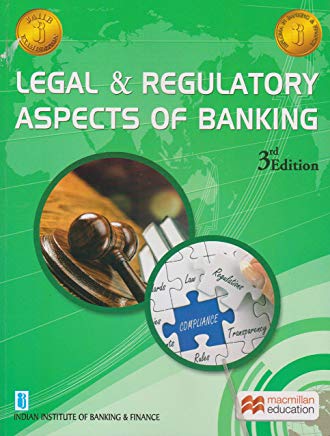JAIIB PPB Unit 6 - Mutual Fund and IRDA (Year: 2019)
1. Mutual fund is a mechanism for pooling resources from the public by issuing units to them and investing the funds in securities.
2. Mutual fund set up in the form of a trust and is registered with SEBI.
3. Unit holders refer to investor in mutual fund.
4. NAV denotes performance of a particular scheme of a mutual fund.
5. NAV per unit is the market value of securities of a scheme, less the expenses incurred on the scheme divided by the total number of units of the scheme on any particular date.
6. The scheme that is available for subscription and repurchase on a continuous basis is known as open ended scheme/plan.
7. The scheme that is available for subscription only during a specified period at the time of launch of the scheme is a close ended scheme. It has a maturity period 3-10 years.
8. Growth scheme aka equity oriented scheme invest in equities (higher risks).
9. Income scheme/debt oriented scheme invest in fixed income securities such as bonds, government securities, corporate debentures and money market instruments.
10. Balanced plan invest both in equities and fixed income securities (debt instruments) in 40-60%.
11. Money market or liquid fund invest in (safer short-term instruments) treasury bills, certificates of deposit, commercial paper and interbank call money, government securities, etc.
12. Gilt fund invest in government securities.
13. Repurchase or redemption price is the price or NAV at which an open-ended scheme purchases or redeems its units from the unit holders.
JAIIB Study Material
| JAIIB Paper 1 Study Material |
| JAIIB Paper 2 Study Material |
| JAIIB Paper 3 Study Material |


